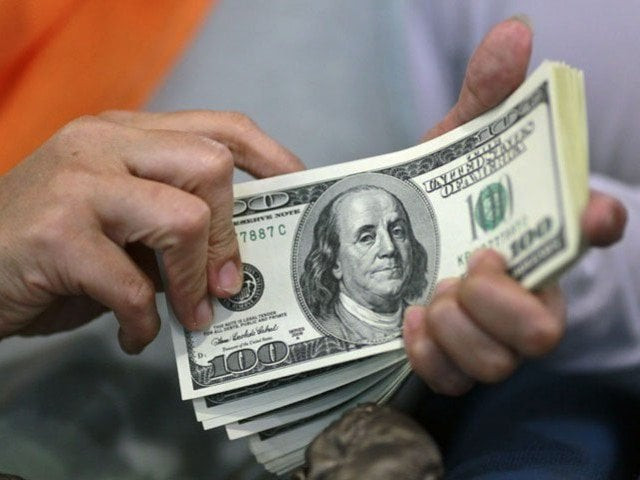Remittances hit record-high at $2.85b
September inflows stabilise rupee, forex reserves; reach $8.8b in Q1 of FY2024-25

Inflows of workers' remittances from overseas Pakistanis remained robust, reaching $2.85 billion in September 2024. This brought the cumulative remittances to a record $8.8 billion in the first quarter of the fiscal year 2024-25, according to data released by the State Bank of Pakistan (SBP).
These strong inflows are expected to help stabilise the rupee, maintain foreign exchange reserves, and support the country's import-dependent economy. They will also play a crucial role in containing the current account deficit and ensuring timely repayment of maturing foreign debt.
The inflows in September grew 29% year-on-year, compared to the same month in 2023. However, they saw a 3% dip from August 2024, dropping below the $3 billion mark after maintaining that level in the previous two months. Despite the slight decline, September's remittances remained above the FY24 monthly average of $2.5 billion.
Arif Habib Limited reported that the country received its highest-ever quarterly remittances of $8.8 billion in the first quarter of FY25, marking a 39% increase compared to the same quarter last year. The surge was attributed to the stability of the Pakistani rupee, the narrowing gap between open market and interbank exchange rates, and the growing number of Pakistani workers relocating abroad, said the central bank.
Topline Securities noted that the $2.85 billion in September was the highest amount ever recorded for that month. Analysts believe these strong inflows will help stabilise the rupee and contain the current account deficit. Experts also highlighted a shift in remittance channels, with more non-resident Pakistanis opting for legal avenues like banks and exchange companies instead of informal hawala-hundi networks. The change was driven by better conversion rates offered through official channels. Additionally, the government, central bank, and law enforcement agencies have cracked down on illegal currency markets, dismantling the hawala-hundi operator network that was smuggling foreign currency out of Pakistan.
The growing number of Pakistanis moving abroad in search of employment is also contributing to the steady rise in remittances, as expatriates send funds home to support their families. Analysts predict that the flow of remittances will remain robust, fuelled by continued economic growth in Middle Eastern countries, where many Pakistani expatriates reside, and monetary easing in the West.
To further support remittance inflows, the SBP recently increased incentives for banks and exchange companies. These measures aim to sustain the strong flow of remittances and ensure their positive impact on the national economy.
Region-wise breakdown
Remittances from Saudi Arabia, the largest source, surged by 27% year-on-year to $681 million in September 2024, up from $538 million the previous year. Inflows from the UAE rose 40% to $560 million, compared to $400 million in September 2023.
The United Kingdom also saw a significant rise, with remittances increasing 44% to $424 million, up from $311 million in September 2023. Inflows from the European Union grew by 35%, reaching $365 million compared to $270 million last year.
Expatriates in the United States sent $275 million in September 2024, a 4% increase from $264 million in the same month of 2023. Remittances from other Gulf Cooperation Council countries surged by 28% to $544 million, up from $425 million the previous year.
Rupee continues downturn
The rupee depreciated by Rs0.05, closing at Rs277.72 against the US dollar in the inter-bank market on Wednesday. This marks the third consecutive day of decline, with the currency shedding Rs0.20/$ so far this week.
The drop coincides with rising global petroleum prices, driving up demand for dollars for imports. However, the Exchange Companies Association of Pakistan (ECAP) reported a slight appreciation of Rs0.05, closing at Rs279.61/$ in the open market.
The decline in the inter-bank market is unexpected, given Pakistan recently secured $2 billion in new financing from Saudi Arabia and is expecting further investment during the Saudi delegation's visit. Pakistan's foreign exchange reserves hit a 30-month high of $10.70 billion, bolstered by the first tranche of $1.03 billion from a new $7 billion International Monetary Fund loan.



















COMMENTS
Comments are moderated and generally will be posted if they are on-topic and not abusive.
For more information, please see our Comments FAQ